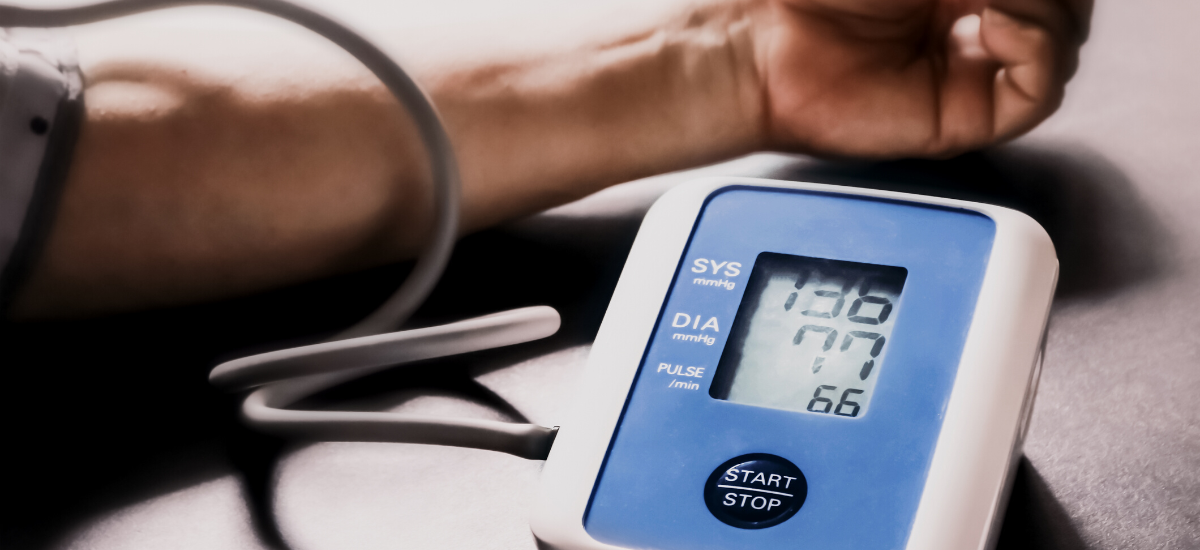Published on 18 September 2023
Hypertension is a dangerous condition that can cause stroke, blindness, and heart failure – but spotting its symptoms is not always easy.
It is often dubbed ‘The Silent Killer’ and casts a shadow over the health of many.
If left unchecked, hypertension can inflict severe damage to a person’s vital organs, leading to permanent disability or even death.
According to the National Population Health Survey 2020, about one in three Singaporeans aged 18 to 74 years has hypertension.
However, a significant proportion remains oblivious to their plight due to the stealthy nature of the condition, with its symptoms often only presenting themselves at a later stage, when its effects become permanent.
A Growing Concern
Hypertension is present when a person’s blood pressure is too high (140/90 mmHg or higher).
“Blood pressure is an indication of the pressure of blood against the walls of the arteries. This is dependent on the action of the heart, the elasticity of the artery walls and the volume and thickness of the blood,” explained Prof Tan Huay Cheem, Senior Consultant, Department of Cardiology, National University Heart Centre Singapore (NUHCS) and Professor, Department of Medicine, Yong Loo Lin School of Medicine, National University of Singapore (NUS Med)..
“Your blood pressure will fluctuate based on what you do. For example, it will be lower at rest, and much higher when engaging in strenuous activities like exercising.”
Understanding the types of hypertension
The most common type of hypertension is essential hypertension, encompassing 90% of cases among individuals aged 30 and above. This condition tends to manifest mildly in the beginning and gradually, and is primarily attributed to genetic causes and unhealthy lifestyles.
Secondary hypertension, involving 10% of individuals, often stems from other serious health issues such as kidney disease, hormonal disorders or renal artery stenosis.
The Silent Intruder
Early detection of hypertension is the foremost and crucial step in minimising the damage the condition can inflict on your heart and arteries.
However, as early-stage hypertension often lacks noticeable symptoms or presents as mild symptoms, such as headaches, vision issues, chest discomfort, or frequent urination at night, it can be challenging to recognise when you have the condition.
The best way to detect hypertension in its early stage is through blood pressure measurements, which can be done during routine health check-ups.
It is recommended that those above 18 years old, with a known normal range (less than 120/80 mmHg), still get their blood pressure checked at least once every two years.
Those who are aged 40 to 59 should have their blood pressure checked at least once a year. This frequency should increase if you have risk factors for hypertension or other existing health conditions.
Seniors who are 60 years old and above should measure their blood pressure at least once every six months, or as recommended by their healthcare provider.
Lifestyle choices play a part
For those who have already been diagnosed with hypertension, it is important that you try to keep the condition under control and, if possible, find ways to reduce your blood pressure.
“For each decline of 1 mmHg in diastolic blood pressure, the risk of heart disease is reduced by 2 to 3%, stroke by 35% to 40%, myocardial fracture by 20% to 25%, and heart failure by 50%,” said Professor Tan.
Thankfully, there are ways to keep hypertension under control, as its risk factors are often linked to lifestyle choices.
For example, being physically inactive, eating an unhealthy diet, and smoking are just a few behaviours that can raise one’s blood pressure and increase the risk of hypertension.
In contrast, practising healthy habits – such as exercising regularly, healthier food choices, and reducing your alcohol consumption – can help to reduce the risk of hypertension.
One often overlooked cause of high blood pressure is excessive consumption of salt in your diet. Here, we show you how to make the healthier choice and avoid hidden salt in your diet.
In consultation with Prof Tan Huay Cheem, Senior Consultant, Department of Cardiology, NUHCS and Professor, Department of Medicine, NUS Med.
Download the full infographics here.




